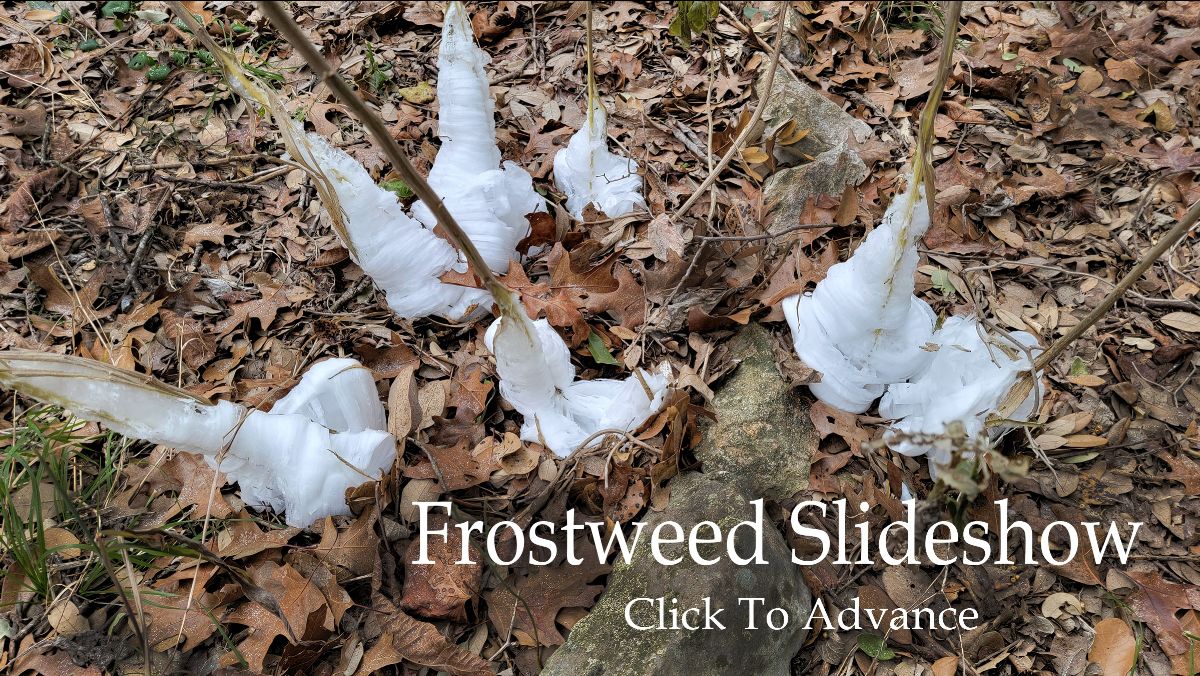Frostweed On A Warming Planet
First published by Bruce Melton PE in the Austin Sierran as a part of its cover image description on February 7, 2024
The most common species of frostweed in Central Texas is, Verbesina virginica. These “ice flowers” come from ice exuded by the stem. It takes a good hard freeze below 25 degrees to set them off. These were from the big freeze in January. Typically, they disappear very soon after the temperature rises above freezing as they are extremely delicate. It’s believed the ice is a defense mechanism, maybe. A few other plants do the same. These frostweed plants grow three to eight feet tall, in full sun to part shade and particularly like edges of forests where they get some respite from the sun and are adorned with hundreds of small white flowers in the fall and are loved by butterflies.
I have lived in Austin for 40 years and been an avid outdoorsman and naturalist the entire time, since long before our climate warmed above its natural variation. I live southwest of Austin in the hills about 600 feet in elevation above town. It gets several degrees colder here in the winter and frostweed “went off” every year back in the day. It actually went off several times a year as this is how frostweed works. Each successive frost “bloom” was smaller, until after several times the frostweed was all bloomed out. Frostweed doesn’t “go off” every year any more in the hills southwest of town. It just doesn’t freeze that hard every year any longer.

